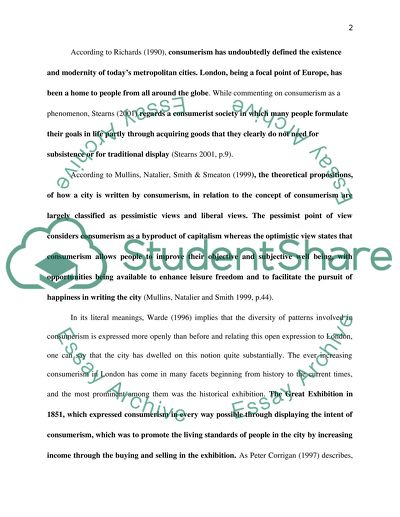Cite this document
(“How is the city written, by consumerism (focus on Shopping and Essay”, n.d.)
Retrieved from https://studentshare.org/journalism-communication/1473962-how-is-the-city-written-by-consumerism-focus-on
Retrieved from https://studentshare.org/journalism-communication/1473962-how-is-the-city-written-by-consumerism-focus-on
(How Is the City Written, by Consumerism (focus on Shopping and Essay)
https://studentshare.org/journalism-communication/1473962-how-is-the-city-written-by-consumerism-focus-on.
https://studentshare.org/journalism-communication/1473962-how-is-the-city-written-by-consumerism-focus-on.
“How Is the City Written, by Consumerism (focus on Shopping and Essay”, n.d. https://studentshare.org/journalism-communication/1473962-how-is-the-city-written-by-consumerism-focus-on.


